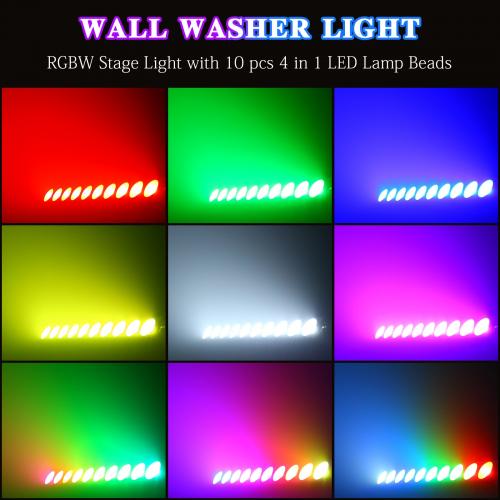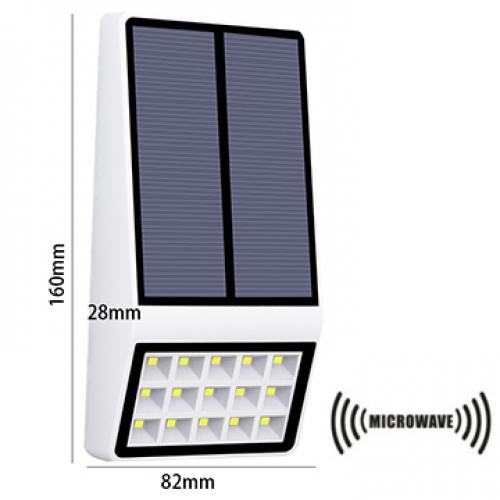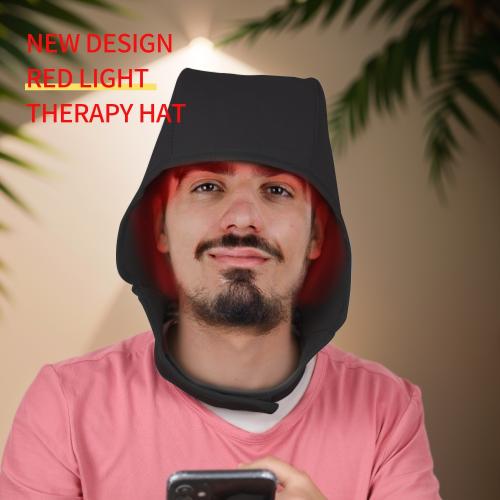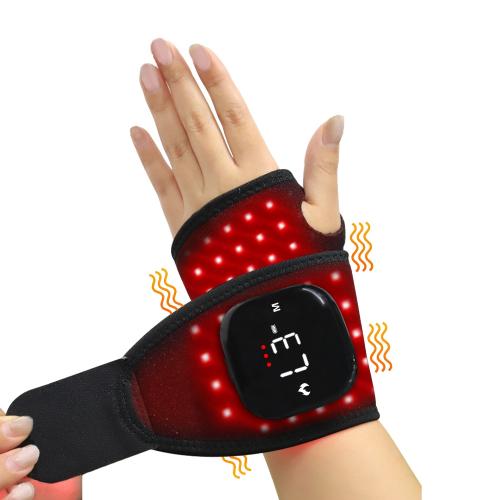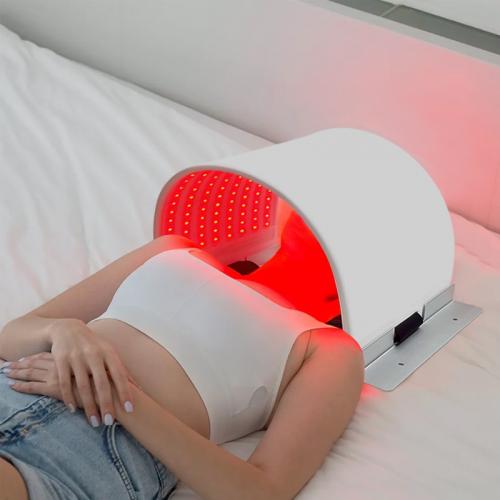What does red light therapy do for legs?
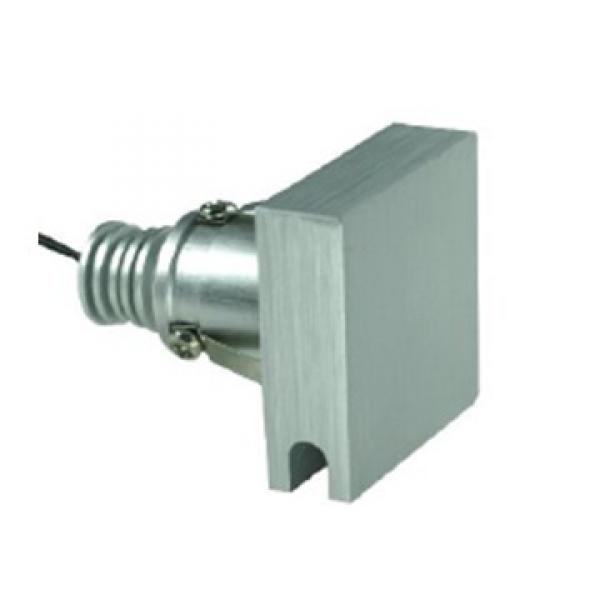
Red light therapy has gained considerable attention in recent years as a non-invasive treatment option for various health and wellness concerns. Originally developed by NASA to help astronauts maintain muscle mass and bone density in space, this therapy has since been adapted for a variety of uses on Earth. Among its many applications, red light therapy is increasingly being used to treat issues related to the legs, such as muscle recovery, skin health, and circulation improvement. In this article, we will explore the benefits of red light therapy for the legs, how it works, and practical considerations for those interested in incorporating it into their wellness routine.
Understanding Red Light Therapy
Red light therapy, also known as photobiomodulation, involves exposing the body to low levels of red or near-infrared light. Unlike ultraviolet light, which can damage the skin, red and near-infrared light penetrate the skin to a depth of about 8-10 millimeters, reaching the muscles and tissues below. This light wavelength is believed to stimulate cellular function, promoting healing and regeneration.
Benefits for Muscle Recovery
One of the primary benefits of red light therapy for the legs is enhanced muscle recovery. After intense physical activity, muscles can become sore and inflamed. Red light therapy helps accelerate the recovery process by increasing circulation and reducing inflammation. The increased blood flow delivers more oxygen and nutrients to the muscles, facilitating faster repair and reducing soreness. Athletes and fitness enthusiasts often use red light therapy to shorten recovery times after workouts and improve overall performance.
Improving Circulation
Poor circulation can lead to a variety of issues in the legs, including swelling, pain, and even the development of varicose veins. Red light therapy has been shown to improve circulation by stimulating the production of nitric oxide, a molecule that helps dilate blood vessels and improve blood flow. Enhanced circulation can alleviate symptoms associated with poor blood flow and contribute to healthier, more resilient legs.
Skin Health and Appearance
Red light therapy is also popular for its skin-rejuvenating properties. When applied to the legs, it can help improve the appearance of the skin by stimulating collagen production. Collagen is a protein that provides structure and elasticity to the skin, and increased collagen production can lead to smoother, firmer skin. This is particularly beneficial for those looking to reduce the appearance of cellulite or scars on the legs.
Pain Relief
For individuals suffering from chronic pain conditions such as arthritis or fibromyalgia, red light therapy may offer relief. The therapy's ability to reduce inflammation and promote healing can help alleviate pain in the legs. Many users report experiencing less pain and greater mobility after consistent use of red light therapy.
Cellulite Reduction
Cellulite, characterized by dimpled skin, is a common concern, especially on the thighs and buttocks. While not harmful, many people seek treatments to reduce its appearance. Red light therapy can be effective in this regard. By improving skin elasticity and promoting collagen production, the therapy can help smooth out the skin, reducing the visibility of cellulite over time.
Practical Considerations
If you're considering red light therapy for your legs, there are several practical aspects to keep in mind. First, consistency is key. While some users may notice improvements after just a few sessions, most benefits are achieved through regular, ongoing use. Many experts recommend sessions lasting 10-20 minutes, several times a week.
It's also important to choose a high-quality device. Red light therapy devices vary widely in terms of power and wavelength. For optimal results, look for devices that emit light in the 600-850 nm range, as this is the most effective range for penetrating the skin and tissues.
Consulting with a healthcare provider before starting red light therapy is advisable, especially if you have underlying health conditions or are pregnant. While generally considered safe, it’s important to ensure that the therapy is appropriate for your individual health needs.
Conclusion
Red light therapy offers a promising, non-invasive option for improving leg health and appearance. From enhancing muscle recovery and circulation to promoting skin health and pain relief, the benefits are diverse and significant. As with any wellness treatment, consistency and quality are crucial for achieving the best results. By integrating red light therapy into your routine, you can support your legs' health and appearance, ultimately contributing to your overall well-being. Whether you're an athlete looking to optimize performance or someone seeking relief from chronic pain or skin concerns, red light therapy may be worth exploring as part of your wellness arsenal.

 Afrikaans
Afrikaans Čeština
Čeština Dansk
Dansk Deutsch
Deutsch Español
Español Francais
Francais Italiano
Italiano Magyar
Magyar Nederlands
Nederlands Norsk
Norsk Polski
Polski Português
Português Română
Română Slovák
Slovák Suomi
Suomi Svenska
Svenska Tiếng Việt
Tiếng Việt Türk dili
Türk dili Ελλάδα
Ελλάδα Русский
Русский اللغة العربية
اللغة العربية แบบไทย
แบบไทย 中文繁體
中文繁體 日本語
日本語 한국인
한국인


